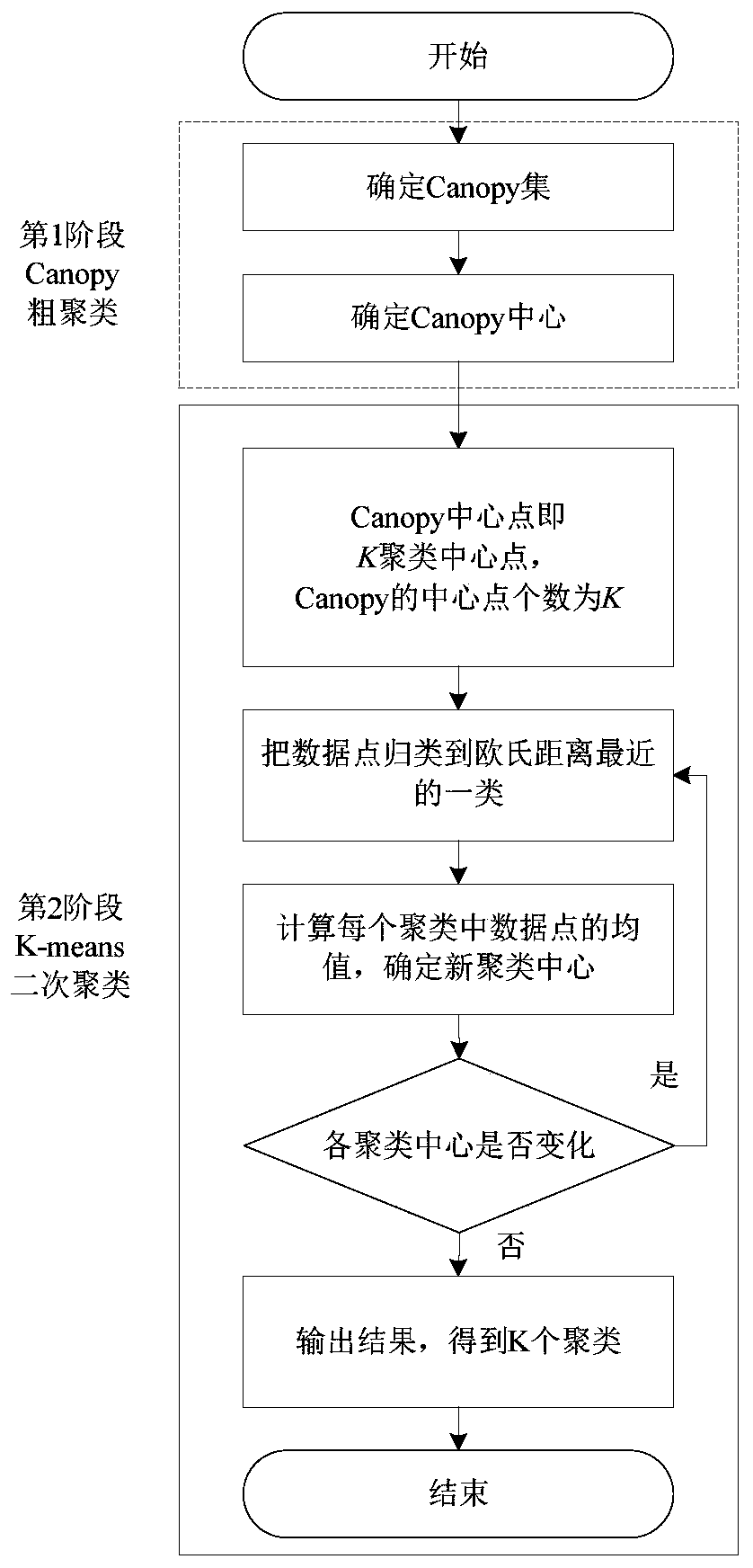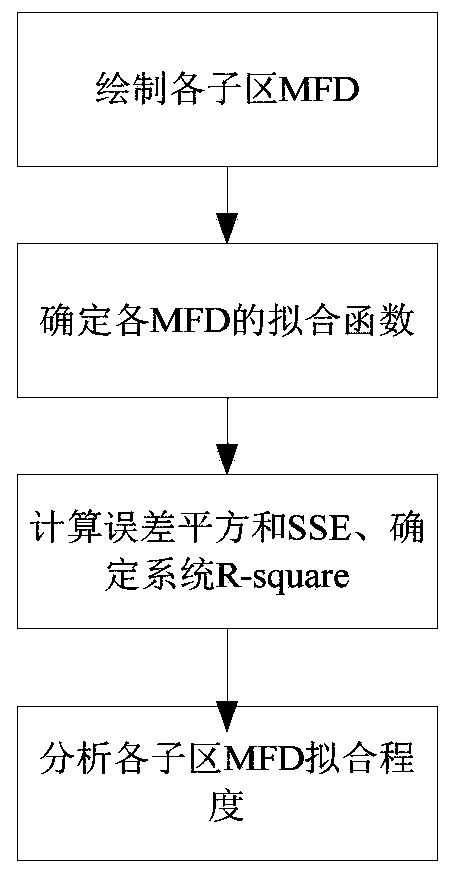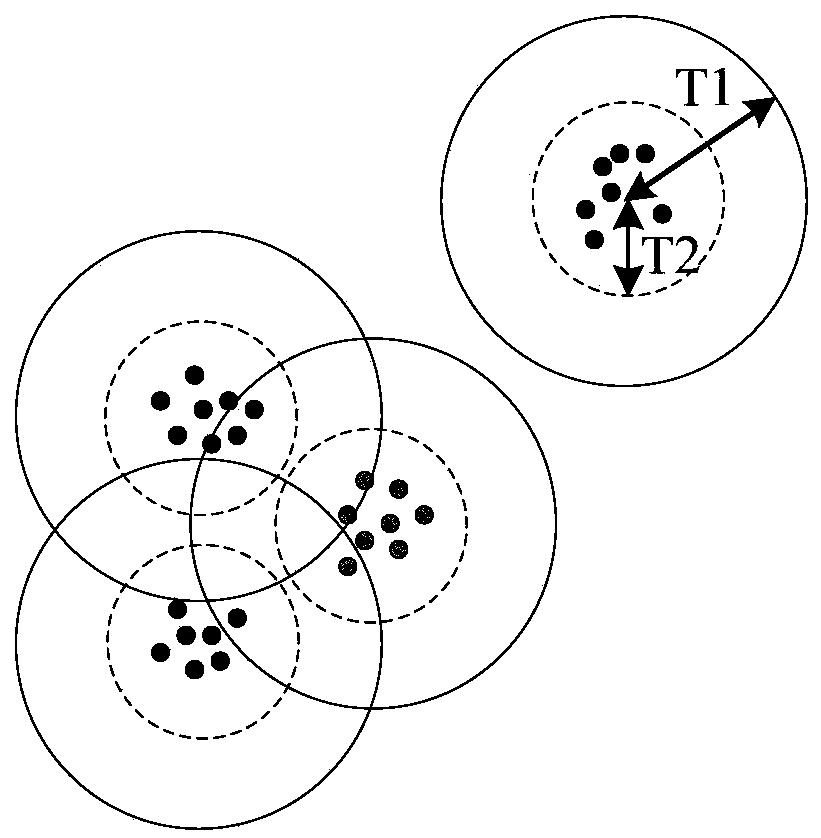Road network subarea division and evaluation method based on Canopy + Kmeans clustering
A kmeans clustering and road network technology, applied in the field of neural networks, can solve problems such as the result is not the optimal solution, different clustering results, and the K value is difficult to estimate.
- Summary
- Abstract
- Description
- Claims
- Application Information
AI Technical Summary
Problems solved by technology
Method used
Image
Examples
Embodiment
[0081] Such as Figures 1 to 20 Shown is an embodiment of the road network sub-area division and its evaluation method based on Canopy+Kmeans clustering in the present invention. The road network sub-area division method uses real-time collection of road section center latitude and longitude, road section average speed, road section average density, etc. as samples data, the specific steps are as follows:
[0082] (1) Perform data preprocessing; use the Canopy algorithm based on the "minimum-maximum principle" to determine several Canopy and Canopy center points;
[0083] (2) After step (1), carry out the secondary clustering of Kmeans; Canopy central point in the collection step (1), the central point number of Canopy is the K value of Kmeans algorithm;
[0084] (3) After step (2), calculate the Euclidean distances from each data point to K cluster center points respectively, and divide it into the cluster with the smallest distance to form a new cluster;
[0085] (4) After...
PUM
 Login to View More
Login to View More Abstract
Description
Claims
Application Information
 Login to View More
Login to View More - R&D
- Intellectual Property
- Life Sciences
- Materials
- Tech Scout
- Unparalleled Data Quality
- Higher Quality Content
- 60% Fewer Hallucinations
Browse by: Latest US Patents, China's latest patents, Technical Efficacy Thesaurus, Application Domain, Technology Topic, Popular Technical Reports.
© 2025 PatSnap. All rights reserved.Legal|Privacy policy|Modern Slavery Act Transparency Statement|Sitemap|About US| Contact US: help@patsnap.com



